AI Image Generators
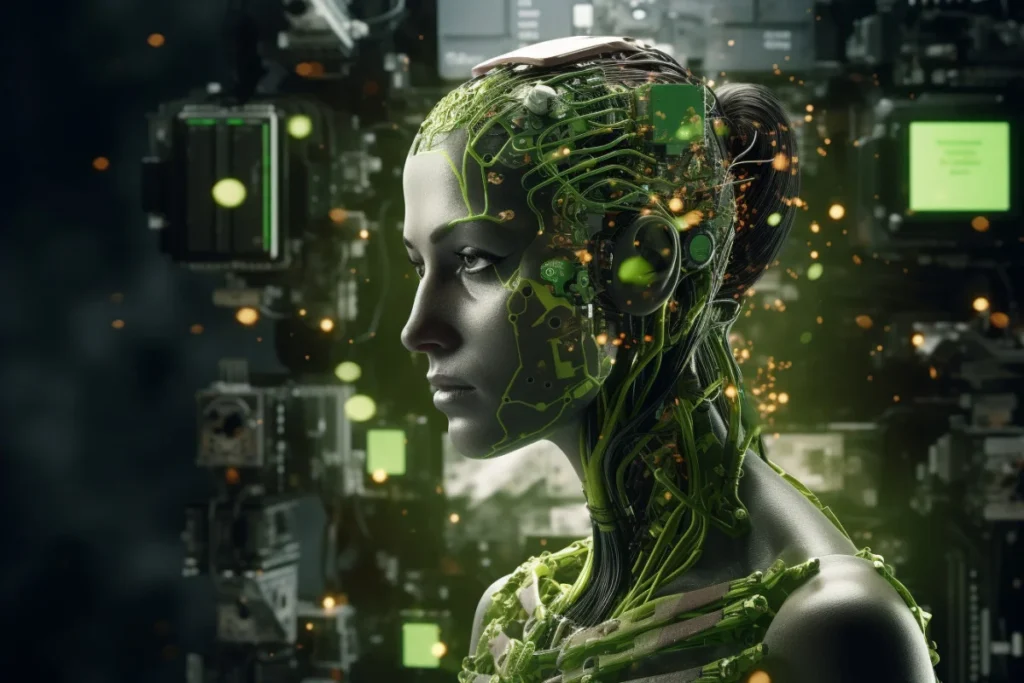
Artificial intelligence (AI) has made incredible advancements, and one of the most exciting developments is the emergence of AI image generators.
These technologies can create highly detailed images based on text descriptions or even modify existing ones, allowing individuals, designers, and artists to produce creative visuals with minimal effort.
AI image generators leverage sophisticated algorithms, including deep learning and neural networks, to generate images that range from realistic photographs to surreal, abstract artwork.
AI image generators have garnered attention across various industries, from digital art and entertainment to advertising and education, due to their ability to create content efficiently, at scale, and often at lower costs compared to traditional methods.
In this article, we will explore the mechanics behind AI image generators, their applications, ethical concerns, and potential future trends.
How AI Image Generators Work
AI image generators typically rely on deep learning models, particularly Generative Adversarial Networks (GANs) and Diffusion Models, to create realistic or imaginative images based on input data.
1. Generative Adversarial Networks (GANs)
One of the most popular architectures used in AI image generation is Generative Adversarial Networks (GANs). GANs consist of two components: the generator and the discriminator.
The generator’s job is to create images, while the discriminator evaluates how realistic those images are. The two components are in a “game” where the generator tries to fool the discriminator, and the discriminator tries to determine whether the image is real or fake.
As training progresses, the generator becomes better at producing images that are indistinguishable from real ones. GANs have been widely used in AI-generated art, such as the famous “Edmond de Belamy” portrait, which was created by the Paris-based art collective Obvious and sold at Christie’s Auction House.
2. Diffusion Models
Diffusion models have emerged as a new paradigm in AI image generation. These models work by initially starting with a random noise and then iteratively refining that noise to produce an image. The process is akin to how certain physical processes like diffusion work, where a substance spreads out over time.
The most famous diffusion model is DALL·E 2, created by OpenAI, which can generate highly detailed images from textual descriptions. The model uses an advanced transformer network and was trained on a large dataset of images and text descriptions to understand the correlation between the two. This allows DALL·E 2 to generate images that closely match the given textual input.
Applications of AI Image Generators
AI image generators are being adopted in various industries, revolutionizing creative processes and applications. Below are some of the most common areas where AI image generators are making an impact.
1. Digital Art and Design
AI image generators have had a profound effect on digital art, enabling artists to experiment and create visuals faster than ever before. Artists can input textual descriptions or existing images, and the AI can generate variations or entirely new works of art based on those inputs.
For instance, platforms like Artbreeder allow users to mix different styles, create portraits, or modify landscapes by blending features from multiple images. This makes it easier for artists to explore new ideas, refine their designs, and push the boundaries of creativity.
Additionally, AI image generators have democratized art creation, allowing individuals without formal artistic training to create visually stunning images simply by typing prompts or using simple interfaces. This accessibility has opened up new opportunities for people to engage with art, whether they are creating content for social media, websites, or personal projects.
2. Advertising and Marketing
AI-generated images are transforming the advertising industry, where companies are utilizing AI-powered tools to create compelling visuals quickly and at scale.
The ability to produce custom images based on specific brand guidelines and campaigns makes AI image generators valuable for digital marketing teams looking to create highly personalized ads.
For example, an AI image generator could help marketers create banners, posters, and social media content tailored to different demographics or interests. This can improve targeting and engagement while reducing the need for expensive and time-consuming photoshoots.
Moreover, platforms like Canva have incorporated AI tools that help users generate stock images or logos, making it easy for even non-designers to create professional-grade content.
3. Game Development and Entertainment
The entertainment industry is also leveraging AI image generation, particularly in video game design and filmmaking. AI tools are helping developers generate realistic textures, landscapes, and characters, which reduces the amount of manual labor required in design. These tools are also beneficial for visual effects (VFX) studios that need to create immersive scenes for movies.
For instance, RunwayML is a platform offering AI tools for video creators and filmmakers. It allows users to generate visuals, alter videos, and even create animations from scratch.
By integrating AI into the design process, entertainment professionals can streamline their workflows and save valuable time and resources.
Additionally, AI-generated content is being explored in areas like virtual reality (VR) and augmented reality (AR), where realistic, generative environments are vital for creating interactive, immersive experiences.
4. Education and Research
AI-generated images are also playing a role in education and research. Educators can use AI tools to generate visual aids, diagrams, or illustrations to enhance learning materials.
For example, AI-generated visuals can help explain complex scientific concepts, such as molecular structures, or create interactive content for online learning platforms.
In research, AI-generated images are helping scientists visualize theoretical concepts that may not yet exist in the real world.
This is particularly useful in fields like astrophysics, where researchers rely on simulations and graphical representations to study phenomena that cannot be observed directly.
Ethical Concerns and Challenges
While AI image generators offer numerous benefits, they also raise a range of ethical concerns and challenges. These issues need to be carefully considered as the technology continues to develop.
1. Intellectual Property and Copyright
One of the most debated issues surrounding AI-generated images is the question of intellectual property and copyright.
If an AI creates an image based on an artist’s style or a particular dataset, who owns the rights to the generated content? Can AI-generated images be considered original works of art, or do they infringe on the copyrights of the datasets used to train the models?
In 2022, a controversy arose when an AI-generated image won an art competition in the United States. The image was created using a combination of AI tools like DALL·E, and it sparked debates about the legitimacy of AI art and the ownership of AI-generated works.
This issue is still being explored in legal and artistic communities, as laws struggle to keep up with the rapid pace of technological advancement.
2. Deepfakes and Misuse
Another ethical concern is the potential for AI-generated images to be used for malicious purposes, such as creating deepfakes—hyper-realistic images or videos that manipulate a person’s likeness or voice. Deepfakes can be used for misinformation, political manipulation, or defamation.
To address this, researchers and tech companies are working on developing tools to detect and prevent deepfakes. However, as AI image generation technology improves, it may become harder to distinguish between real and fake content. This presents significant challenges for both media organizations and the general public in verifying the authenticity of visual content.
3. Bias and Fairness
AI image generators can also perpetuate or amplify biases present in the datasets used to train them. For instance, if an AI model is trained on a dataset that predominantly features certain racial or gender representations, it may generate biased images that reflect those imbalances. This could lead to harmful stereotypes or the exclusion of underrepresented groups in generated content.
To mitigate these issues, researchers are working on ways to create more diverse and representative datasets, as well as implementing fairness-aware algorithms that can detect and address biases in generated images.
Future Trends in AI Image Generation
Looking ahead, AI image generation is poised to continue evolving and transforming industries. Here are some of the potential future trends in this space:
1. Increased Realism and Detail
As AI models continue to improve, we can expect generated images to become even more realistic and detailed. With advancements in both GANs and diffusion models, AI-generated images will become increasingly indistinguishable from real photographs or high-quality artwork.
2. Interactive AI Systems
Future AI image generators may become more interactive, allowing users to refine and adjust images in real time. These systems could enable users to collaborate with AI, iterating on ideas and designs without needing to be experts in digital tools. This could democratize the creative process even further, empowering more individuals to bring their visions to life.
3. Cross-Modal Capabilities
In the future, AI image generators may integrate seamlessly with other AI systems, such as natural language processing and voice recognition. This could result in highly sophisticated tools that can generate images from both text and voice inputs, making them more accessible and versatile for various use cases.
Conclusion
AI image generators represent a groundbreaking development in the world of creativity and digital content. By harnessing the power of machine learning, these tools allow individuals and organizations to create high-quality images quickly, efficiently, and cost-effectively.
However, with these advances come important ethical challenges, including issues of intellectual property, misuse of technology, and the potential for bias.
As the technology continues to evolve, it is crucial that these concerns are addressed to ensure that AI-generated content is used responsibly and equitably.
For those interested in exploring AI image generation further, platforms like DALL·E 2 and Artbreeder offer accessible tools to create stunning visuals, while RunwayML provides a suite of creative AI tools for artists and designers.


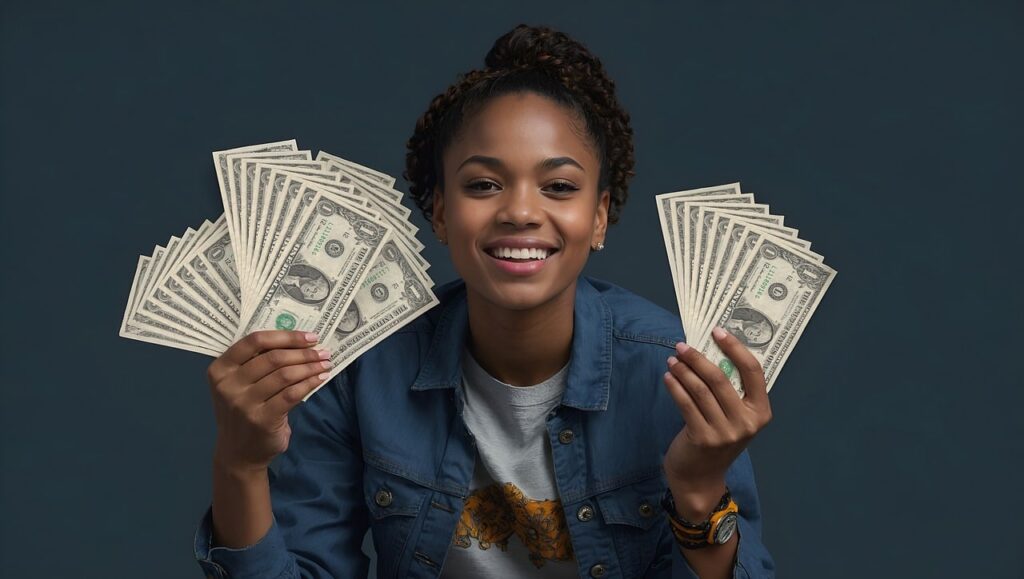
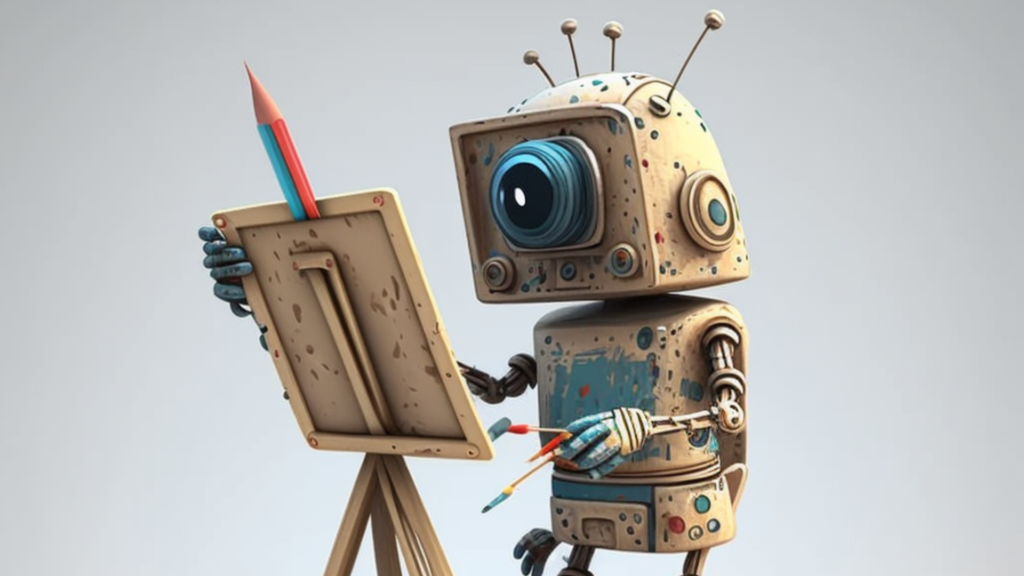
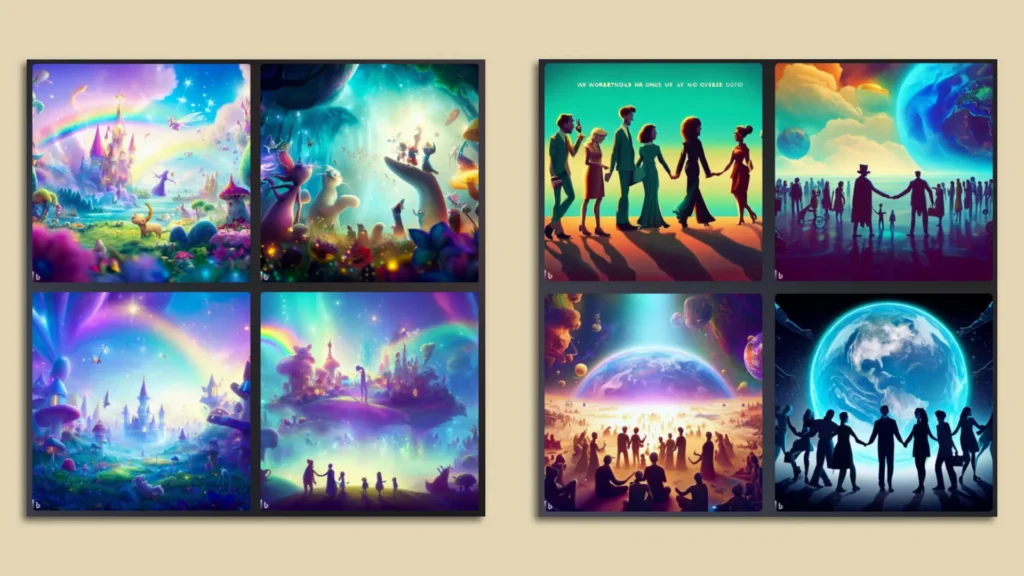

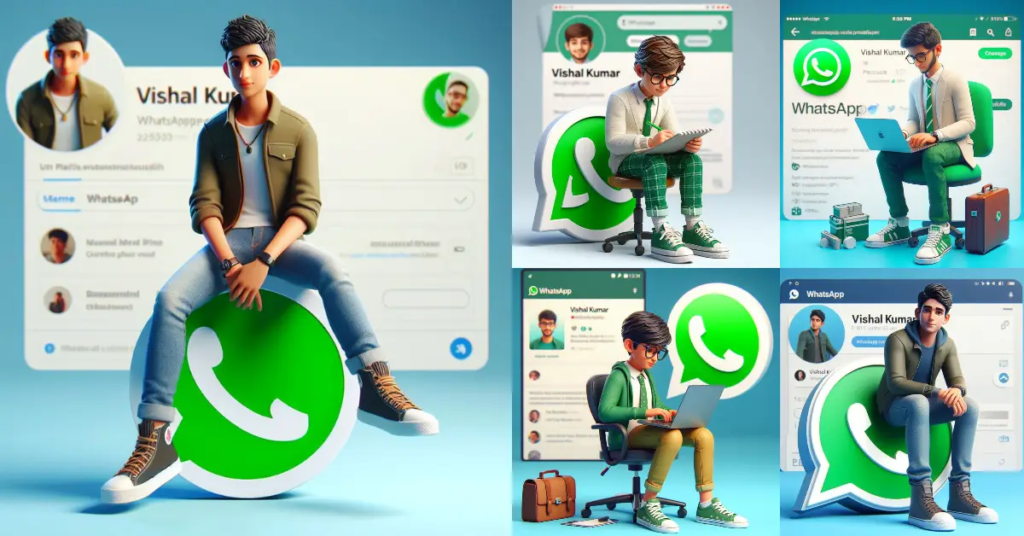
Responses